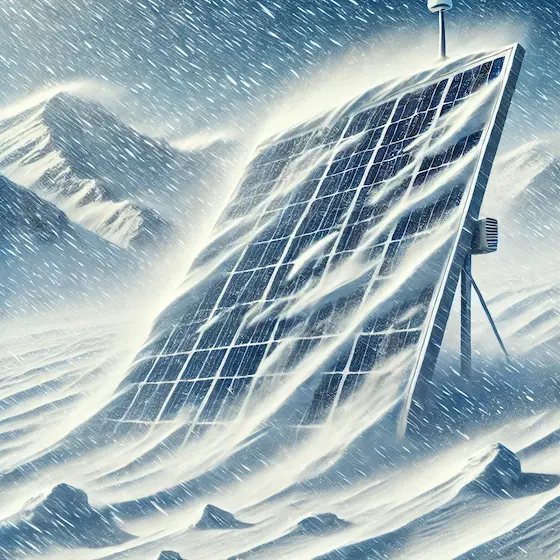Solar expansion, moderate growth in other renewables, and hydrogen to absorb a larger share of the summer surplus
Replace nuclear with solar
Rooftop Solar expansion and increasing imports compensate relatively early nuclear shutdown
Early shutdown nuclear
Nuclear lifetime is limited to 50 years per plant (55 for Beznau)
Import dependency
High import dependency with up to 10 TWh of necessary winter imports
Gas-to-Power as Backup
Gas-to-Power used as winter-backup during transition phase
Energy Mix Winter
Production
Demand
Production
2025
Total generation 30.1 TWh
2050
Total generation 37.5 TWh
Demand
2025
Total demand 36.9 TWh
2050
Total demand 44.1 TWh
2050 Winter
Transition Winter
The energy mix as we transition to 2050
Demand
Import
Import atget exceeded
PV
Wind
Hydro
Biomass
Gas
Geothermal
Nuclear
Fossil
2025 Winter
TWh
Demand
36.9
Generation
30.1
Deficit
--
Import 6.8
Import
5
Import atget exceeded
1.8
Generation
30.1
Storage reserve used
--
PV 1.9
PV Roof
1.9
PV Alpine
--
PV Ground
--
Wind
0.3
Hydro 14.8
Run-of-River
6.3
Storage
8.5
Biomass 1.1
Biomass
1.1
CCS Biomass
--
Gas 0.5
Market-Gas
0.5
Reserve gas power plants
--
Geothermal
--
Nuclear 10.7
Nuclear
10.7
New nuclear
--
Fossil 0.8
Existing fossil fuel power plants
0.8
CCS Fossil Fuels
--
Hard coal
--
Challenges
Import target exceeded
The energy law sets a non-binding 5 TWh import target, which will be exceeded in 2026 - 2050.
High Import Dependency
Rising Import needs after early nuclear decomissioning require neighbor surplus and EU agreement
Early need for gas plants
(Transitory) Gas plants needed early, in line with nuclear decomissioning
increased price dependency
Higher import needs result in higher impact of international prices
How Resilient Is This Scenario? Put It to the Test!
The scenario above assumes normal weather and stable energy imports, but what happens when extreme conditions hit? A harsh winter or import limitations from the EU could impact production, increase demand, and even lead to power shortages. Stress-test your scenario under these challenging conditions and see how it holds up in the face of real-world uncertainties.

Costs
Total Costs, Revenues and Subsidies in CHF until 2050.
Total production costs
236 billion
Accumulated until 2050
Revenues
200 billion
Assuming an average power price of 75 CHF/MWn
Subsidies required
31 billion
Remaining costs not covered by revenues
Average cost
8.4 billion / year
The annual average of the total cost, 8.4 bn CHF per year, is less than 2% of the (estimated) Swiss GDP in 2024 (825 bn. CHF).
Levelized cost
We use Levelized costs of electricity (LCOE). Future costs may rise as cheaper plants are replaced. High demand and costly technologies like rooftop PV can further increase costs. See Expert Mode for details on technology costs.
2020s
2030s
2040s
Levelized cost (LCOE) ⌀ CHF/MWh
About the scenario developer

Swissolar
Swissolar is the Swiss solar industry association, representing companies involved in solar power and advocating for the expansion of solar energy. The organization promotes policies and innovations that support the broader adoption of solar technology across the country.
Want to know more about this scenario?
Explore detailed energy data, customize generation parameters, and create your own energy
scenario with the expert mode
Show in expert mode We want your feedback!
We’re excited to be taking Power Switcher in a new direction and would love your feedback! Let us know what’s working and where we can improve, every suggestion helps us make the tool better for you.
Share feedback Got questions about the Power Switcher or the Scenarios?
Contact us on [email protected]
Contact us on [email protected]
Methodology reviewed by ETH Zürich